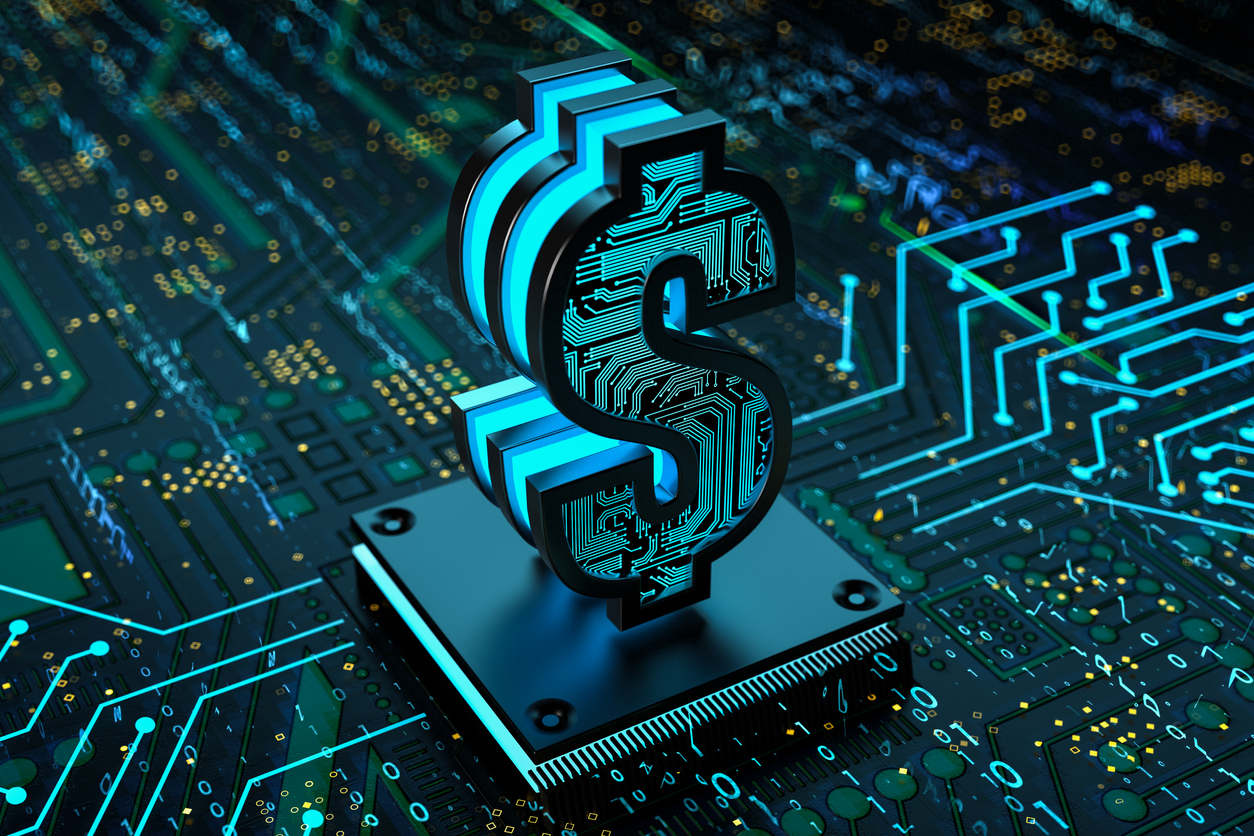What do the 2024 cybersecurity trends look like? According to Forbes, by year’s end, the expected cost of cyber attacks is likely to top $10.5 trillion annually. How will this impact SMBs?
AI: Tool and Weapon
Increased, adaptive threats mean that every aspect of business and communication is under threat. Burying one’s head in the sand won’t make the problem go away and could instead, lead a business into a breach. AI is a fast-emerging tool to aid in streamlining everything we do from typing emails, to writing code, but cybercriminals are making use of it too. Black-market tools sell components and ready-made malware packages to infiltrate systems without raising alarms with traditional tools such as antivirus software. Phishing emails, texts and calls are socially-engineered so well, that even the most savvy have to review carefully to spot the tell.
Training is Essential
Training every user, from the front lines, to the back office, to the executive suite, will be absolutely essential to keeping everyone alert to current threats and how to prevent a breach. Simple annual training is no longer enough, as users typically don’t retain the information for more than a couple of weeks. Instead, consider a program which has a reasonable annual assessment augmented with very brief reminders every several days to bring new info in easily understood and retained segments that build on the base training and each other. Training in this method improves retention and works far better at building solid habits.
Advanced Threat Prevention & Detection
For years, software updates, antivirus and firewalls have been the foundation of network security. Recent years have seen the rise in importance of firmware and driver updates as well new methods of malware detection. Twenty years ago, your antivirus package ran on your computer. Every time you connected to the internet, it downloaded a catalog of known threats and scanned your system with every update looking for the newly identified threats, as well as checking every new file coming to your device. Now antimalware packages run much smaller footprints on the local devices and are in constant communication with the manufacturer’s servers around the globe. Every endpoint is feeding back info on new code and the global servers are analyzing in realtime to then tell every connected endpoint what’s good or bad and make the application deal with it appropriately. The amount of data and computing power to manage this is enormous. This has been significantly aided by AI.
As good as AI is at detecting anomalies, it’s become more needful to have teams of people with eyes on all the digital activity as well. Combined with AI, they provide some of the most adaptive threat detection to date. Think about it this way: in the mid-1900’s most people didn’t lock their homes when they went out and very likely may have left car keys in the ignition when running into the market. By the turn of the century, almost everyone was locking their home and their car whenever they left. Now most homes and cars have security systems that are armed when left. Businesses and gated communities now have security guards on duty with regularity. The old network security protocols are no longer sufficient. Rare is the business that has no PII to worry about. If you have employees, take credit card payments or hold any sensitive data, you are at great risk if you suffer a breach.
IoT (Introduction of Threats)
IoT devices are useful, but they’re a threat in a space where confidential information is shared. Many are designed for ease of use and have been developed with no real thought toward security. Back in 2019 headlines proclaimed how Amazon employees were listening to conversation with Alexa devices. Do employee phones, tablets, computers, watches, fitness devices listen for voice commands? Has anyone got a smart speaker in their office where private conversations might take place? If employees work from home, do their smart speakers and cameras pickup confidential info? Are IoT devices on separate networks from those that transmit private info? Are the devices protected and patched against known vulnerabilities? Do users change default credentials? Those are a lot of questions! …but they all need answers to know your state of security.
Cyber Resilience and Business Continuity
Cyber resilience speaks to the ability to defend against and recover from cyber threats. No one can assume that all their defenses make them immune to attacks. By building your defenses and your response plan, you are more likely to thwart many attacks. However, if one gains foothold, do you have a plan to isolate, remediate and eradicate it? That’s resilience. There are many components to being resilient from putting up the right defenses, to training, to implementing recovery methods and procedures, to documenting an actual strategic plan based on your business needs. There are good tools to assist in building your resilience. We’ve worked to pull together good solutions for reasonable cost and time investment. Contact us if you want to step up your defenses.


